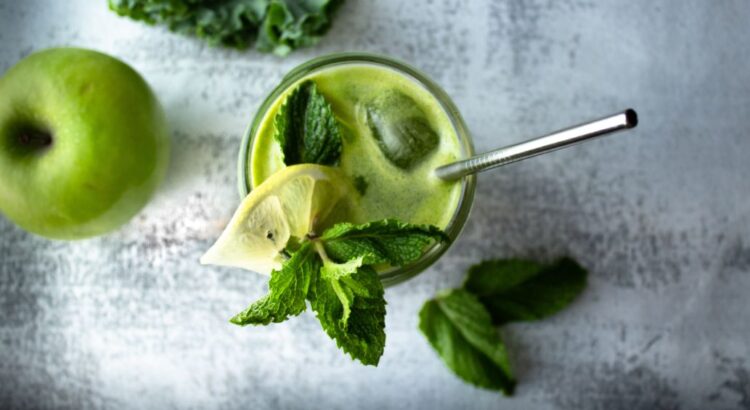To aid in weight loss, discover what to eat after a juice fast.
A juice cleanse is a unique, transient diet that people practice for a variety of reasons. The term “juice fast” can also be used to describe this diet. During a juice cleanse, you only consume fruit and vegetable juice to help your body detox.
When returning to your regular diet after a juice fast, you might wonder what to eat to get the most out of the feel-good effects of the cleanse. You can maximize the benefits of your cleanse and maintain your healthy eating habits by knowing which foods to add back into your diet (and which to avoid).
This guide explains how to safely end juice cleanse and gives details on what to eat in the days following your cleanse to avoid a major shock to your digestive system.
What You Should Eat After a Juice Cleanse?
It’s crucial for your digestive health to properly reintroduce foods to your diet after a juice fast. The strategy you use should correspond to how many days you spent on the juice fast. What then should I eat after a juice fast?
Small Portions at First
Your body must go through a fairly rigorous juice detox. Your stomach is used to digesting solid foods, so switching to a liquid-only diet for a few days will undoubtedly be jarring for it.
Try to introduce solid foods in small portions at first, don’t overwhelm your stomach! You can take small steps toward a larger goal by starting small. Instead of wolfing down a huge meal and feeling sick, starting with small portions will gradually reacquaint your stomach with digesting solid foods.
Incorporate Lots of Fruits and Veggies
Each day, try to include 2 servings of fruit and 3 to 5 servings of vegetables in your meals. To eat vegetables, can be roasted, lightly steamed, or raw.
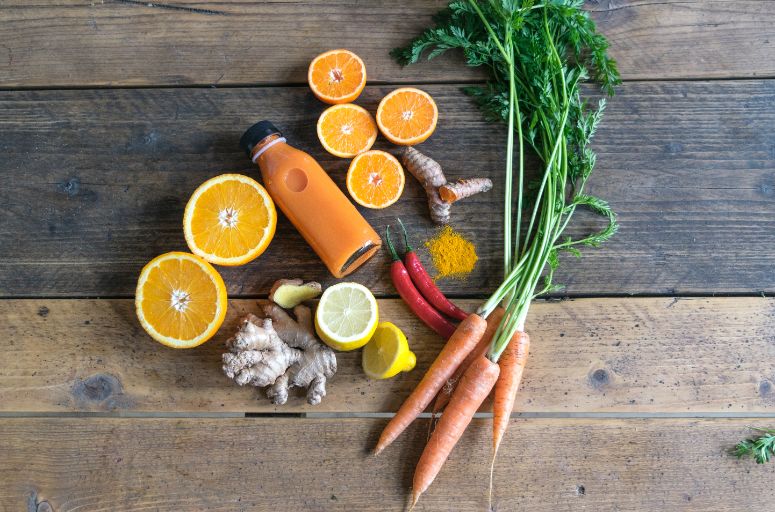
To keep your digestive system functioning, consume as much fiber as you can from high-fiber fruits and vegetables like carrots, apples, broccoli, and raspberries. These foods are all delicious and excellent for digestion.).
Whole Foods
After your juice cleanse, make every effort to avoid processed foods in favor of whole foods. This calls for sticking to organically grown produce such as fruits, vegetables, grains, and healthy oils like olive or avocado.
Simple fruits and vegetables should be the first things you introduce, and then gradually introduce meat and heavier solid foods. You want to maintain your body’s recent efforts to rid itself of toxins.
Lots of Water
It’s crucial to stay hydrated after a cleanse, so try to drink 3–4 liters of water per day after your juice detox.
Your digestive system will process solid foods more easily if you stay hydrated. For maximum hydration, try consuming warm water with a few drops of lemon juice.
Eat Healthy Fats
Healthy fats are beneficial to include in your diet because they can keep you full and satisfied after a cleanse, which will make you less likely to snack and undo the cleanse’s positive effects.
Consume foods like avocados, olives, nuts, tofu, and peanut butter to get your fill of healthy fats.
What Foods Should You Avoid After a Juice Cleanse?
If you want to continue to reap the benefits of your juice cleanse and live a healthy lifestyle, there are foods you should avoid once your juice cleanse is complete.
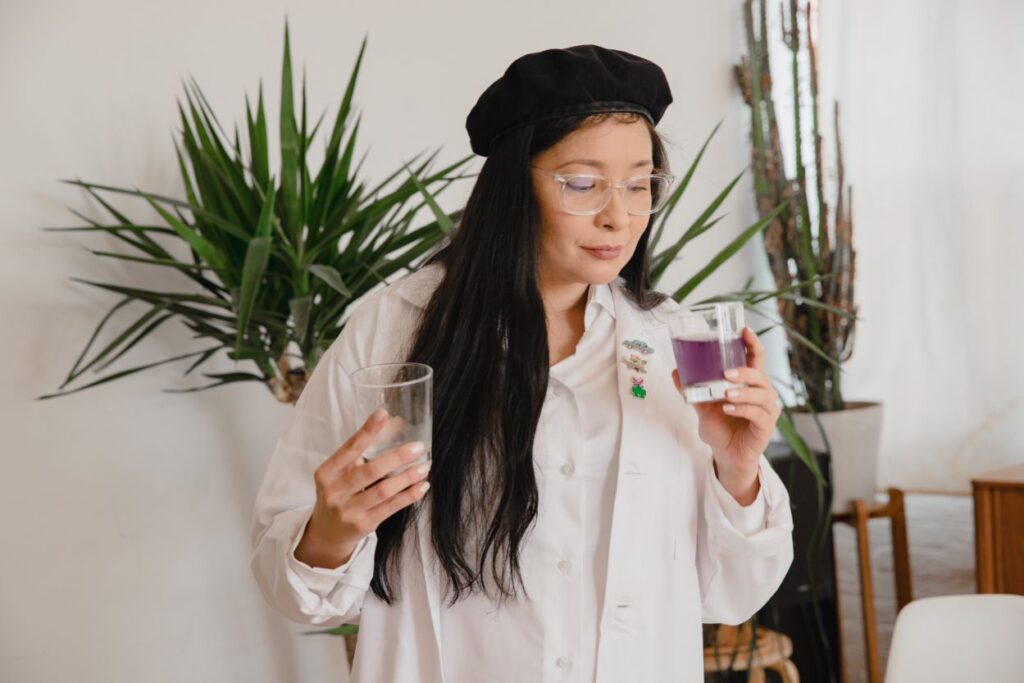
Processed Foods
Despite the fact that you might be drooling at the thought of a juicy burger or a huge bowl of mac and cheese, try to keep in mind the hard work your body has just accomplished.
Avoid freaking out your stomach by stuffing it full of processed foods that are high in sugar, salt, and fat after a juice detox because it’s likely to be sensitive.
Carbs and Animal Products Immediately After the Juice Detox
As we previously stated, after a cleanse, your stomach will be small and somewhat sensitive. You should wait a few days after the cleanse to eat carbohydrates like bread and potatoes because they are harder for your stomach to digest.
Wait a few days before introducing animal products like cheese and meat because they can be heavy on the stomach.
Refined Sugar
It’s best to avoid refined sugar for a good few days after your juice detox. If you’ve been drinking a lot of fruit juices while on your cleanse, you’ve probably already consumed a lot of sugar.
Go sugar-free for a few days to give your body a break.
Your Post-Cleanse Food Guide
Try out these post-cleanse meal suggestions in the days after your cleanse if you want to get back into the routine of a regular healthy diet and are unsure of what to eat.
Day 1
- Eat 3 small meals.
- Choose fruits that are simple to digest, such as watermelon, bananas, and cantaloupe.
- Try a light and simple soup made with vegetables like squash, pumpkins, beets, and green beans to help you ease back into full meals.
- Over the course of the day, consume 2L of water and/or herbal teas. For the first day, refrain from drinking caffeinated teas or coffee to prevent an upset stomach or a jittery feeling.
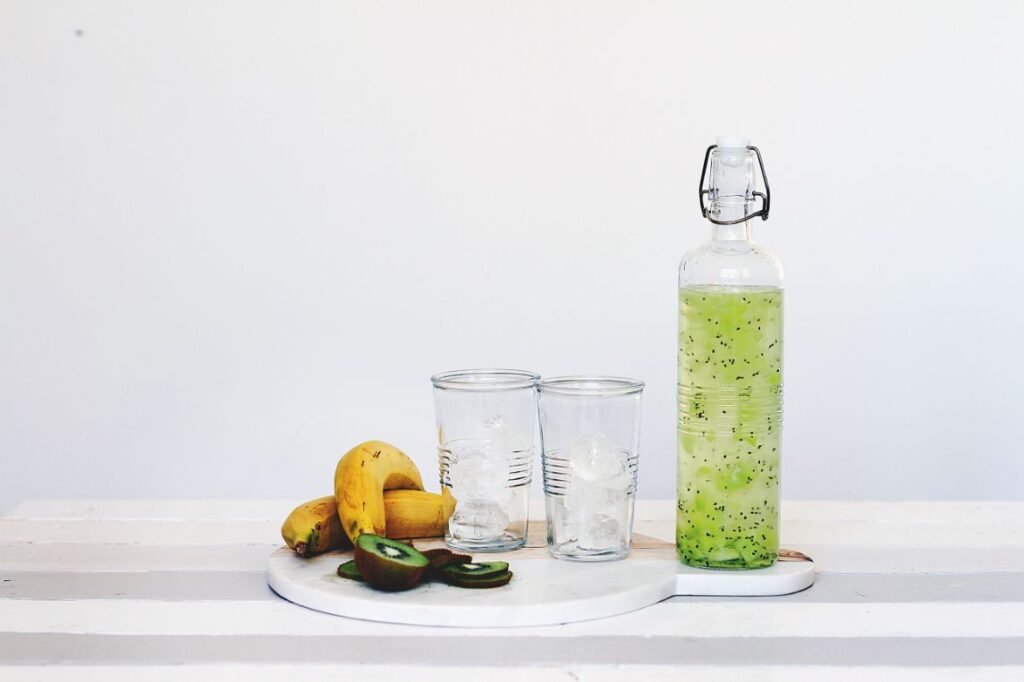
Day 2
- Rice or quinoa should be introduced in small amounts.
- Continue to eat more of the fresh produce that was recommended on day 1.
- Including healthy fats will help you feel fuller for longer. These beneficial fats can be found in avocados, nuts, and natural peanut butter, all of which are delicious.
- To add more calcium and iron, eat starchy vegetables like sweet potatoes.
- Throughout the day, consume 2L of water or herbal teas.
- If you want, you can start reintroducing caffeine gradually. See how you feel after consuming a ½ cup of black coffee. Increase gradually over the following few days.
Day 3
- If desired, gradually introduce dairy products like skim milk and yogurt. Use your usual substitutes, such as almond or coconut milk, if you don’t consume dairy.
- More of the fruits and vegetables you enjoy should be added.
- Eggs are an easy-to-digest source of animal protein that you can use in small amounts. Lean chicken or tofu should be chosen as an alternative to red meat for the time being.
- Throughout the day, consume 2L of water and/or herbal teas. If you prefer, keep consuming caffeine as usual.
Day 4 – and Beyond
Continue to eat healthfully and adjust your routine to suit your preferences. Incorporating healthier foods back into your diet in the first few days after a juice cleanse is the key to maximizing its advantages.
Take your time easing your body back into your regular diet after a few days of juicing because switching to solid foods can be difficult. Red meat, dairy, and gluten should all be introduced gradually to avoid overwhelming your body and making you feel sick.
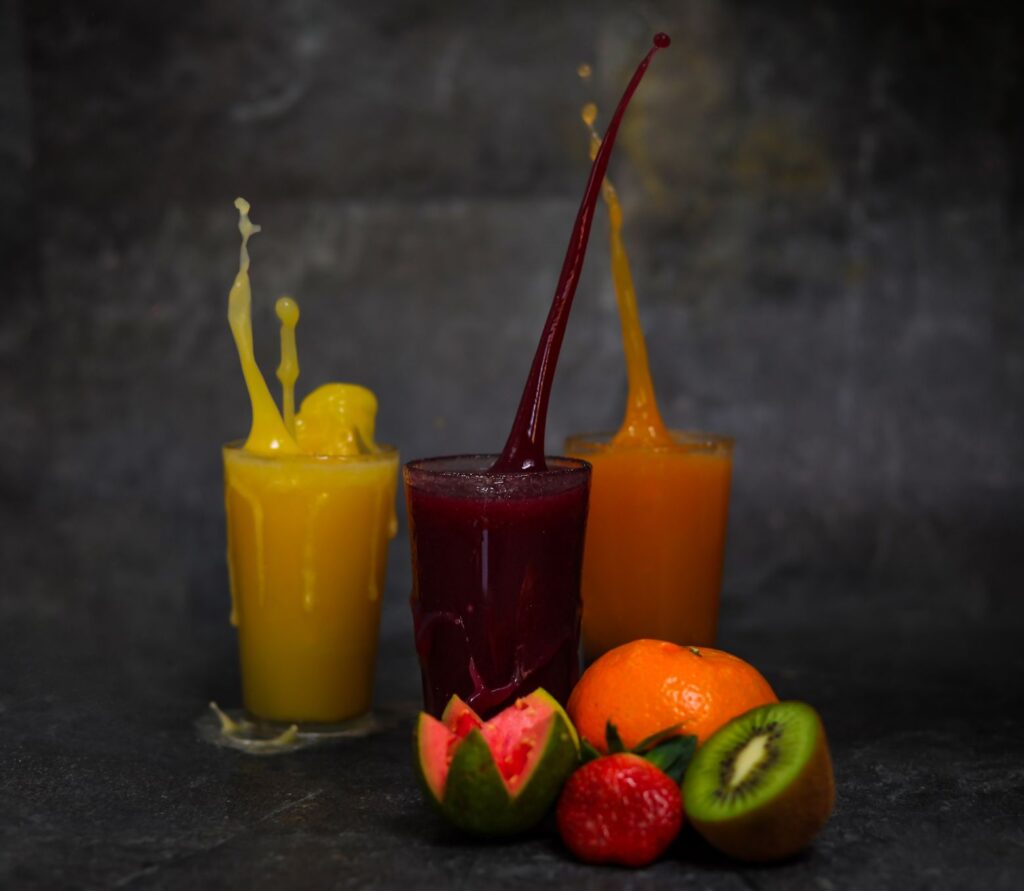
What is a Juice Cleanse?
During a juice cleanse, you drink only the juices from fruits and vegetables to help detoxify and clean out your body. People frequently lose weight while on a juice cleanse due to calorie and food restrictions.
Juicing can help to add extra vitamins and minerals and improve digestion without consuming the pulps, skins, and fibrous portions of the fruits and vegetables.
How Should I Prepare for a Juice Cleanse?
You must get your body ready a few days before you begin a juice fast. You should start cutting out specific foods from your diet about three to five days before your cleanse.
Avoid consuming any meat, dairy, wheat, alcohol, or coffee. A severe headache or withdrawal symptoms are less likely if you eliminate these foods in advance.
It is wise to consume more fresh fruits and vegetables on a daily basis before beginning your juice cleanse in order to get your body ready.
Of course, it is a good idea to drink plenty of water in the days leading up to the cleanse to keep your body safe and healthy.
Why Do People Choose a Juice Cleanse?
Juice cleanses can be started for a variety of reasons, but the two most common ones are weight loss and body detoxification. Toxins, processed foods, artificial sweeteners, and waste can all be eliminated from the body by eating only fruits and vegetables for three days. This can also help to reset the body.
Plus, pure and refined juice gives the body an extra boost of healthy minerals and vitamins. In some situations, a juice fast is used in place of conventional medicine.
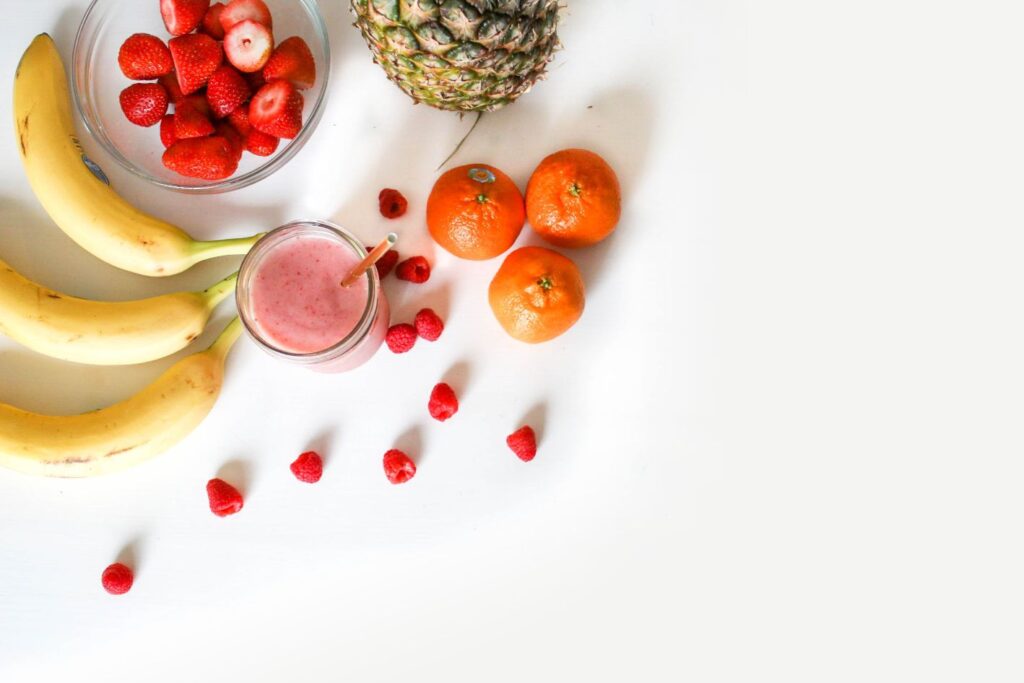
There are numerous different juice cleanse programs and recipe options available. While some juice fasts only use fruits and fermented foods in their recipes, others also use protein powder and smoothies to add more calories to the fast.
In order to provide the most beneficial vitamins and minerals as part of the juice detox, juicing recipes may also only use cold-pressed juice and juice that has not been pasteurized.
When Should You Break Your Fast?
One to three days is the typical duration of a juice fast. While some juice cleanses only involve consuming pureed fruits and vegetables, others can also include shakes and smoothies in the diet.
Online resources abound with juice recipe suggestions that can keep your blood sugar levels stable while also keeping your juice tasty and healthy. New recipes will also contribute to a successful and healthy juice cleanse.
Never go beyond three days with a juice fast. For optimal juicing diet results, a 3-day juice fast is sufficient.
Start with small, light meals once you’re ready to break your fast. After three days, your body may experience some shock when you resume eating heavy, solid foods.
Keep eating mostly fruits and vegetables for the first day after the fast. Consume vegetables steamed or raw as you please. To begin supplying your body with much-needed energy, you can also begin introducing some fats to your diet.
Keep in mind to start out with small portion sizes. Eating a lot of food at once may cause your organs to work too hard and make you feel sick because your body is still adjusting to it.
Several small meals spread out throughout the day are much preferable after a cleanse. Avoiding sugar, wheat, processed foods, dairy products, and coffee right after a cleanse is important.
Conclusion: Get More from Your Juice Cleanse
After a juice fast, you should consume whole foods in small portions, along with plenty of water and fruits, vegetables, and healthy fats.
Well done for finishing a juice cleanse; they can be difficult. Maintaining a healthy diet afterward will help you make sure you’re getting the most out of this. You can get the most out of your cleanse and continue on your path to a healthy lifestyle by adding the right foods back into your diet.
FAQs
How Do You Reintroduce Food After a Cleanse?
When you reintroduce a new food, eat that food twice a day for two days, skip it on the third day, and observe and record your reactions (or lack thereof). On day four, you can introduce the following food if you don’t react to the one you just reintroduced.
Can I Eat Eggs After a Juice Cleanse?
Maintain a diet akin to the pre-cleanse diet for the three days following the conclusion of your juice fast. The first day after your juice fast, you can eat organic fruits and veg. Add yogurt, brown rice, and eggs on the second day.
How Long Should You Wait to Eat After Juicing?
The fiber and bulk of foods is a longer digestive process so its important to wait at least 2 hours after eating a meal before drinking juice or wait 20 minutes after drinking a juice before you eat a meal.
